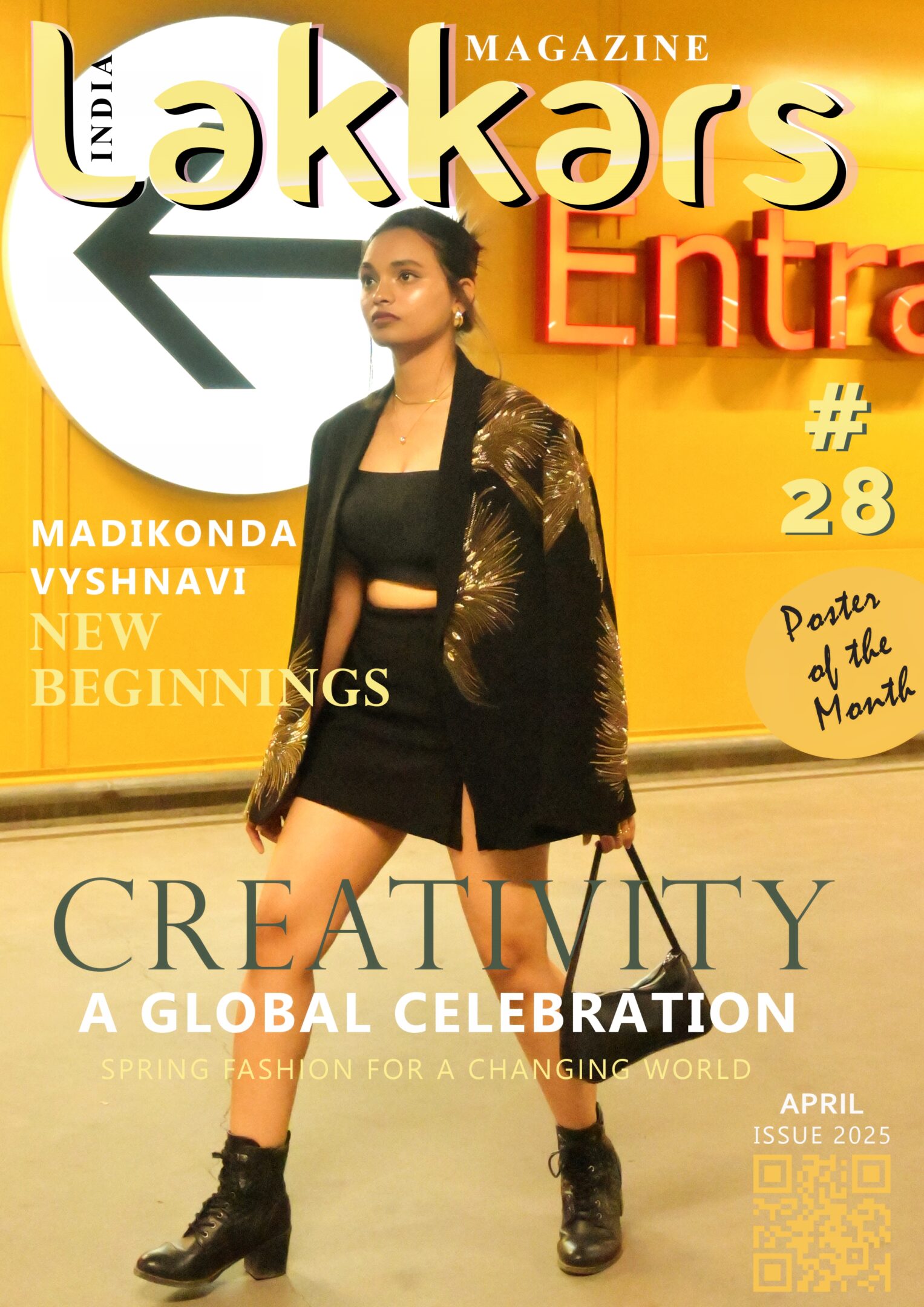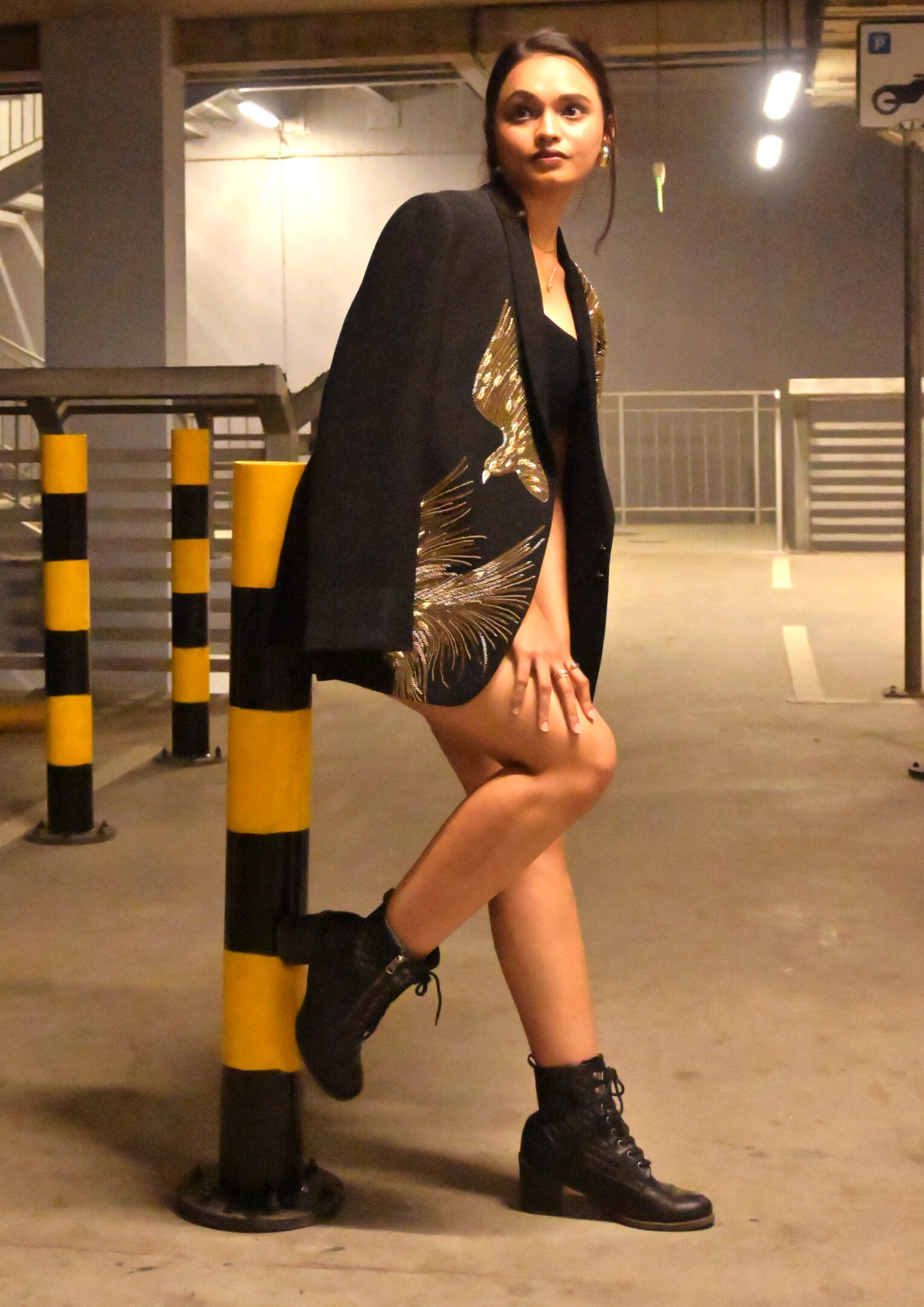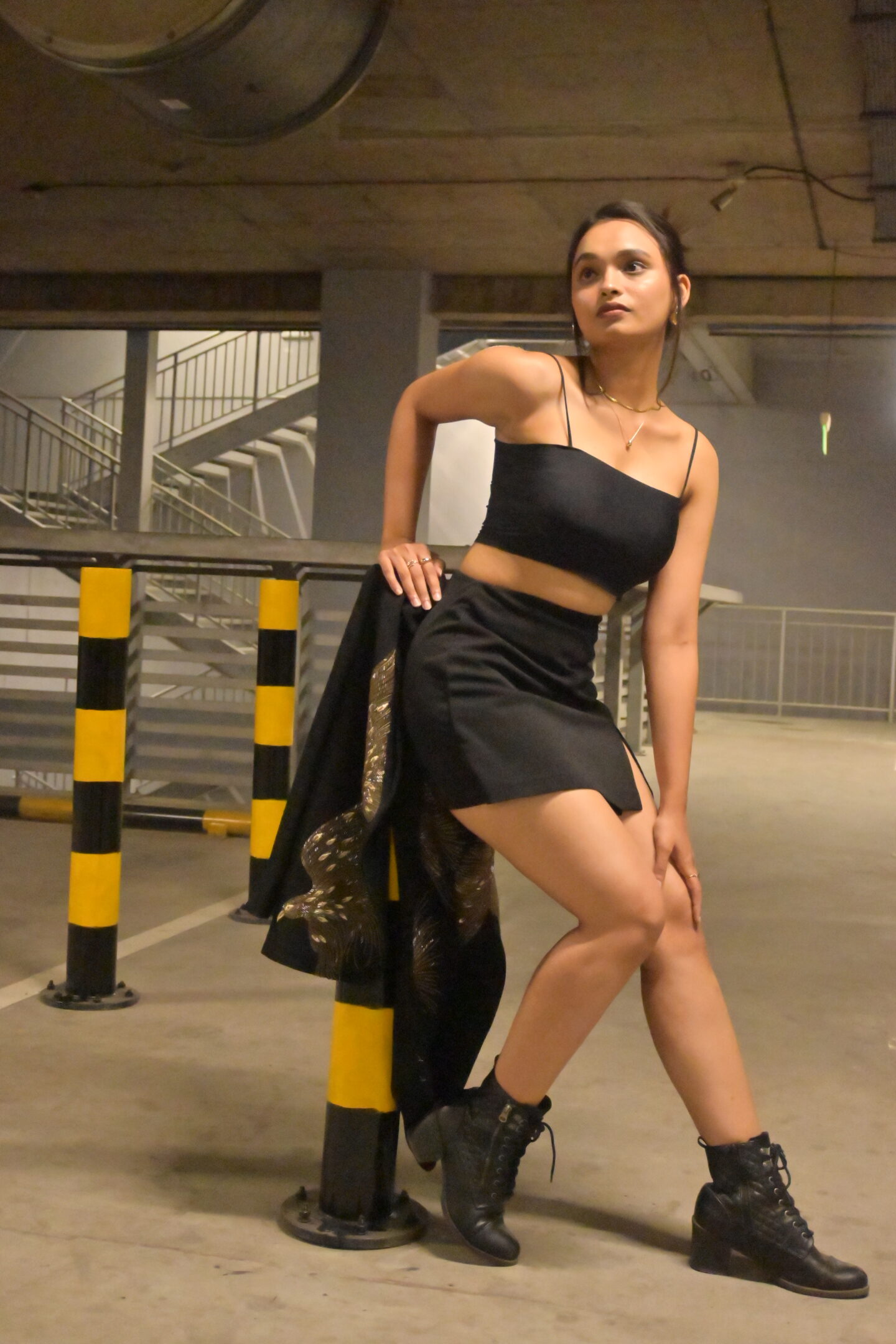Poster For The Month April 2025

Is it too late? Have you missed your chance?
Absolutely not! It is never too late to start this type of business, and new accounts are thriving every single day. Today, we will explore all the details on how to become a fashion influencer.
Since I’ve previously posted about how to get accepted into Like to Know It, many people have been asking for more tips on becoming an influencer and monetizing your platform.
So, what exactly is a fashion influencer?
A fashion influencer is someone who styles different clothing items, offers outfit ideas, shares them across various platforms, and provides value to their audience through styling tips.
The great thing about being a fashion influencer is that you can do it from home, pursuing something you’re passionate about (which is why you’re here reading this).


There’s no right or wrong way to showcase your outfits. Everyone has their unique sense of style and different ways of pairing items. Regardless of your personal style, there will be people seeking inspiration in what you have to offer.
